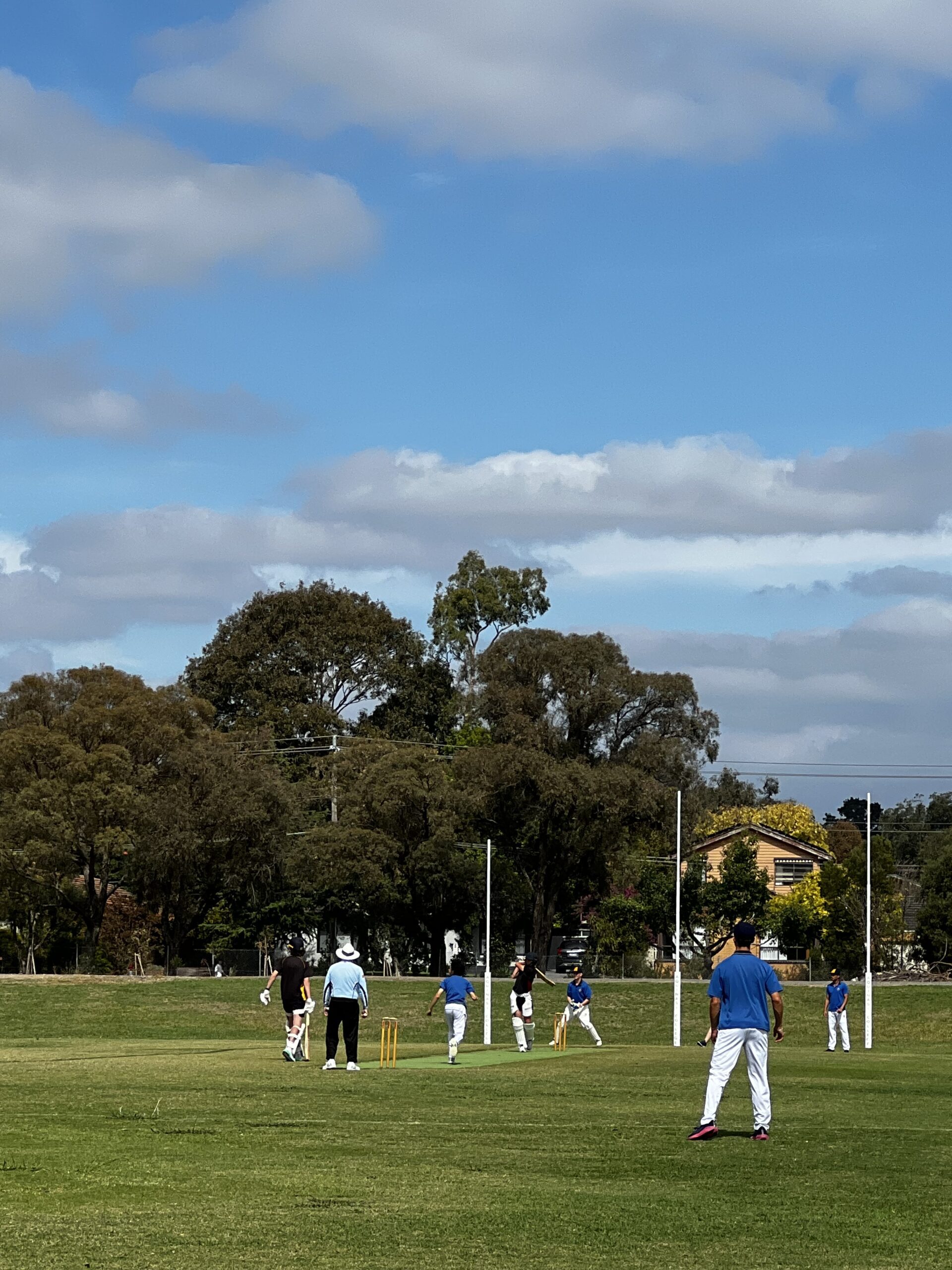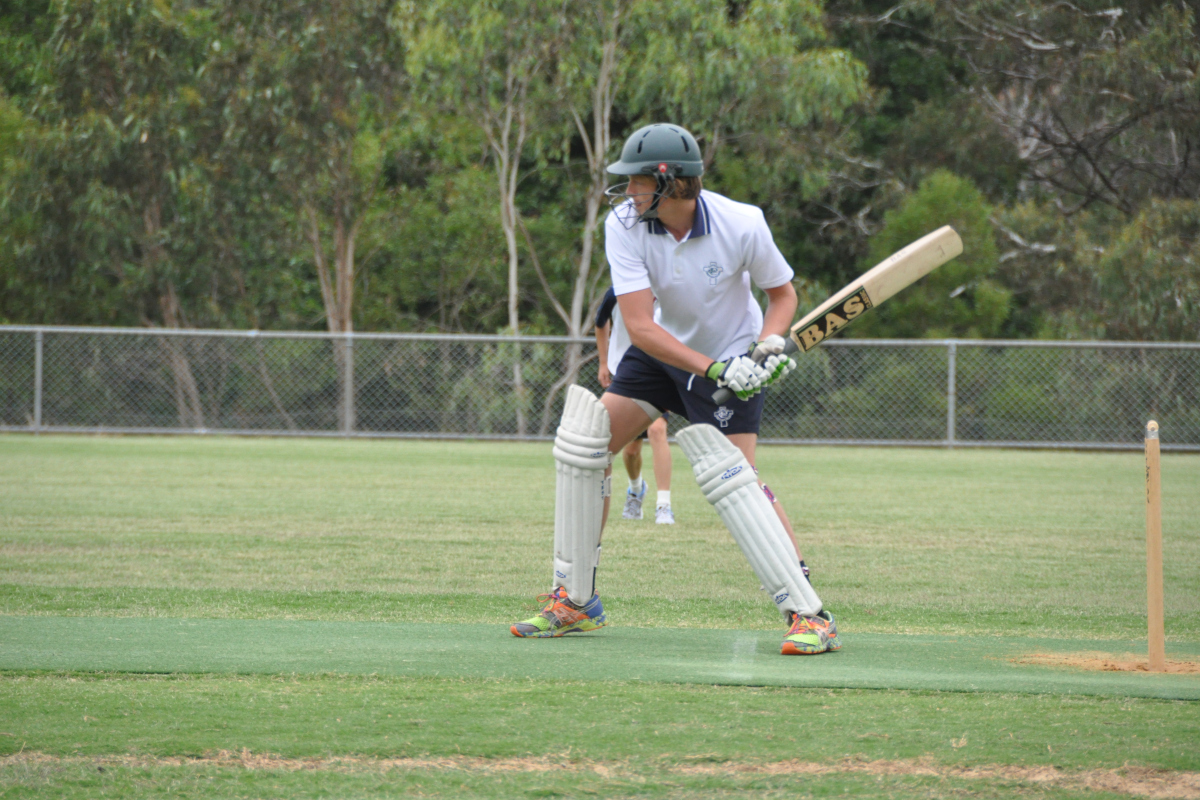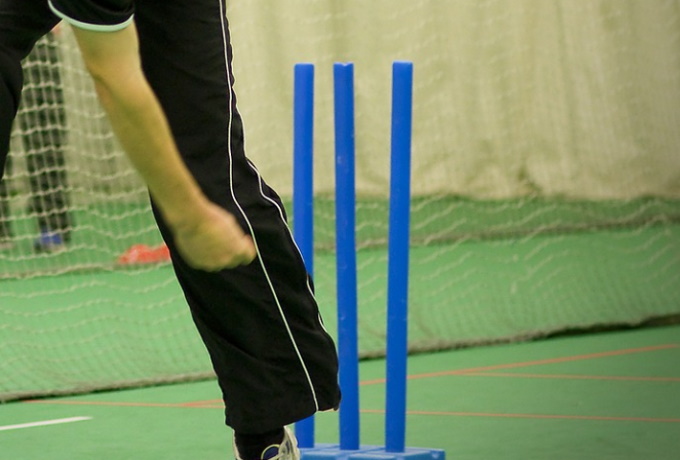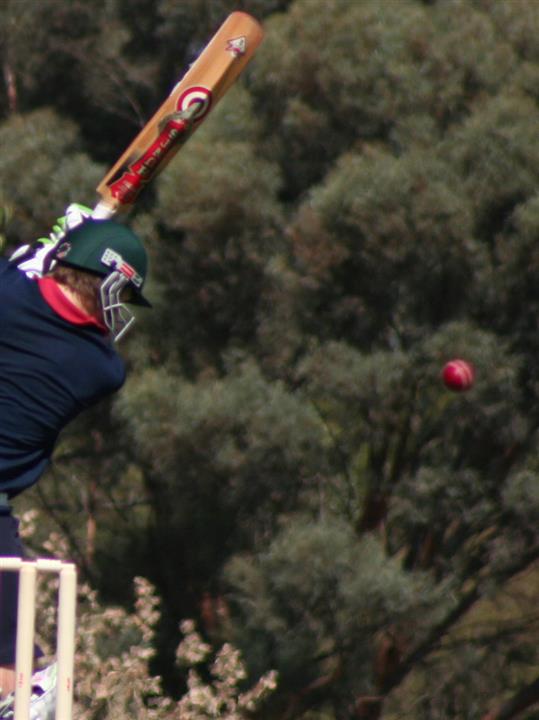Cricket

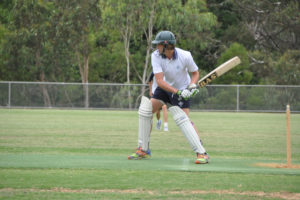


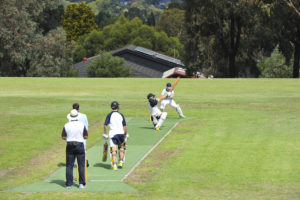
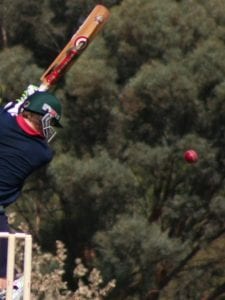
Twenty20 Cricket (Outdoor)
- The ICC Laws of Cricket, unless contra indicated below, shall apply.
- A match will consist of one innings per side. 10 overs is the minimum to constitute a game. Once the target score has been passed, the game will conclude immediately.
- If the team batting first is dismissed in less than 20 overs, the team batting second shall be entitled to bat for 20 overs. Strict adherence to over rates must be observed.
- Intervals between innings shall be minimal. No drinks break during the innings.
- If the team batting second is unable to complete its overs due to adverse weather the match will be deemed a draw.
- Uniform for cricket is the correct sports uniform of the school or full cricket whites.
- No fielders permitted within 10 metres of the batsmen in front of the batting crease.
- If a coach umpires, they can assist the Captain with the team’s organization pre-game, and between wickets, otherwise team tactics and instructions are coordinated by the captain.
- The schools are to use a traditional 156g cricket ball (red, white or pink). One new ball per innings.
- All teams to have their own VCA approved scorebook. In the event of schools being tied on points for a final, scanned copies of requested matches need to be sent to the EISM office. A net run rate determined by runs scored divided by balls bowled will be used. Only run rates
from relevant games will be looked at. - A batsman is to retire at the end of the over when his score reaches 50.
- Batsmen who retire can recommence their innings when all other batsmen are out, and less than 10 wickets have fallen. Compulsory retired players do not resume their innings until all voluntarily retired players have resumed and completed their innings. Voluntary retirement can
only occur at the end of an over. - Teams can be made up to a maximum of 13 players per side. Teams are restricted to a maximum of 10 bowlers per match. If a school chooses to retire a batsman before the compulsory retirement, all 13 players can bat. The fall of the 10th wicket will always constitute the end of an innings.
- Each over will consist of a maximum of “8” balls, therefore a maximum of 2 extra balls. This is except for the final over which is to be ‘bowled out’.
- Overs are to be bowled in 5-over blocks alternating between ends, ie. Overs 1-5 are bowled from one end, then overs 6-10 are bowled from the other end, etc. At the end of each over, only the two batsmen change ends.
- For the first 5 overs of each innings, only two fieldsmen are permitted to be outside the field restriction circle. For overs 6-10, only 3 fieldsmen, for overs 11-15, only 4 fieldsmen and for the last 5 overs, only 5 fieldsmen allowed outside the circle.
- The fielding restriction circle is recommended as 27.5m radius from the middle stump.
- The maximum number of overs per bowler is 4.
- The delivery following a no ball shall be a free hit for whichever batsman is facing it.
- Recommended Safety Equipment:
Batter (compulsory): Helmet with faceguard, Pads, Batting gloves, Box. Wicket Keeper (compulsory): Helmet with faceguard (if standing up to the stumps), Pads, Keeping gloves, Box. - The premier team is invited to represent the EISM at the Premier School competition in the second week of December.
Mercy Rule:
There is no specific Mercy Rule in this sport. If you are winning comfortably, give fringe players a turn. No maximum winning margin. No negative scores with Indoor Cricket.
Tied Grand Final:
Where the scores are tied at the end of the game a ‘Super Over’ will be bowled. The winning team to have the higher number of runs after the ‘Super Over’. If scores are still level after the ‘Super Over’ the Premiership is shared.
Super 8’s Cricket (Outdoor)
- The ICC Laws of Cricket, unless contra indicated below, shall apply.
- Teams to be made up of 8 players per side.
- A match will consist of one innings per side of either 8, 12 or 16 six-ball overs. 8 overs is the minimum to constitute a game. Depending on time availability, matches can be either 8, 12 or 16 overs per innings.
- Each team consists of 4 batting pairs who bat for four (4) overs per pair (16 over match), three (3) overs per pair (12 over match) or two (2) overs per pair (8 over match) before changing batting partnership
- Intervals between innings shall be minimal. No drinks break during the innings.
- If the team batting second is unable to complete its overs due to adverse weather the match will be deemed a draw.
- All batsmen and wicketkeepers standing up to the stumps must wear a helmet.
- No fielders permitted within 10 metres of the batsmen in front of the batting crease.
- If a coach umpires, they can help with the team’s organization pre-game, then leave the team tactics and instructions to the captain, who may consult with the coach before the game and between wickets.
- The schools are to use a Kookaburra Super Coach – Super Softa red cricket ball (or
equivalent). One new ball per innings. - All teams to use the EISM approved scoresheet. In the event of schools being tied on points for a final, scanned copies of requested matches need to be sent to the EISM office. A net run rate determined by runs scored divided by balls bowled will be used. Only run rates from relevant games will be looked at.
- Uniform for cricket is the correct sports uniform of his school or full cricket whites. Note that red or other dark clothing is not to be worn by the bowling team as there is no contrast between the uniform and the ball.
- Fielding side – each member of the fielding team shall bowl under the following allocation with the exception of the wicketkeeper (who can bowl but is not required to):
- 16 Overs
- Two (2) bowlers may bowl a maximum of 3 overs
- Other bowlers may bowl a maximum of 2 overs
- 12 Overs
- One (1) bowler may bowl a maximum of 3 overs
- Three (3) bowlers may bowl a maximum of 2 overs
- 8 Overs
- One (1) bowler may bowl a maximum of 2 overs
- 16 Overs
- Each over will consist of a maximum of “8” balls, therefore a maximum of 2 extra balls. This is except for the final over which is to be ‘bowled out’.
- Overs are to be bowled in 4-over blocks alternating between ends, ie. Overs 1-4 are bowled from one end, then overs 5-8 are bowled from the other end, etc. At the end of each over during a 4-over partnership only the two batsmen change ends.
- Fielding side to have 3 fielders each side of the wicket. Fielding side to have a maximum of one fielder outside the ‘inner circle’ each side of the wicket. The fielding restriction ‘inner’ circle is recommended as 27.5m radius from the middle stump.
- Bowler has a maximum 10 metre run-up
- A wicket lost to the batting team is a 4-run deduction to the total score. Batsman to swap ends after a dismissal
- The delivery following a no ball shall be a free hit for whichever batsman is facing
- The last over of each batting innings is worth double – runs and wickets (ie 8 run deduction)
- Recommended Safety Equipment:
- Batter (compulsory): Helmet with faceguard, Pads, Batting gloves, Box. Wicket Keeper (compulsory): Helmet with faceguard (if standing up to the stumps), Pads, Keeping gloves, Box.
- Year 9 Girls Super 8’s to be played on 17.7m pitch length and maintain same batting end throughout innings.
- There is no LBW dismissal unless there is no shot offered by the batter, whereby the ball must pitch in line with the stumps and be deemed to be going on to hit the stumps.
- Any bowler’s delivery that lands off the pitch on the full is deemed a no-ball. A wide is where the bowler’s delivery lands on the pitch but is deemed too wide to hit by the batter.
Mercy Rule:
There is no specific Mercy Rule in this sport.
Tied Grand Final:
Where the scores are tied at the end of the game a ‘Super Over’ will be bowled that follows the same rules as the final over of a batting innings; The last over of each batting innings is worth double – runs and wickets (12 run deduction). The winning team to have the higher number of runs after the ‘Super Over’. If scores are still level after the ‘Super Over’ the Premiership is shared.


